- Bikes
-
Parts
- SUPERIOR PARTS
- OIL SLICK
- Pegs
- Frames
- Forks
- Handlebars
- Stems
- Headsets & more
- Rotor systems
- Brakes & more
- Tires & more
- Wheels & more
- Rims
- Hubs & more
- Drivetrains & more
- Cranks & more
- Grips & more
- Saddles & more
- Fixie Wheelsets
- Helmets / Protection
- T-shirts / Hoodies
- Tools
- Accessories
- MTB parts
- Vouchers
- About Us
- Work Shop
- News
- KHE MAC Team
BMX Parts & Accessories – Upgrades, Spares & Performance for Your Setup
A BMX bike endures a lot – whether you're riding street, at the pump track or in the skatepark. That’s why it’s important to rely on high-quality BMX parts that are not only durable but also precisely matched to your riding style.
In our BMX Parts category you’ll find everything for repairs, tuning and performance upgrades: from handlebars, pegs and pedals to forks, cranks, frames and MAC tyres, as well as tools and helmets. Each part is designed to offer maximum control, durability and style.
Key BMX part categories at a glance
- Handlebars: In various heights, widths and bends – for maximum style & control.
- Pegs: For grinds & flatland tricks – in steel or aluminium.
- OIL SLICK: Eye-catching components for a unique setup.
- Stems: Top-load or front-load – for secure grip and perfect bar alignment.
- Frames: The heart of your BMX – in various geometries & materials.
- Forks: HiTen or CrMo – with matching offsets for your setup.
- Tyres & Tubes: From KHE MAC tyres to Kenda – depending on riding style and use.
- Wheels: Pre-built – durable, lightweight and ready to mount.
- Saddles & Seatposts: Padded or minimalist – for comfort or trick freedom.
- Drivetrain: Chains, Sprockets & Pedals – efficient & long-lasting.
- Grips: For optimal grip – soft, hard, long or short.
- Cranks: CrMo or aluminium – 3-piece or 2-piece for different demands.
- Tools: Everything for maintenance and tuning – ideal for your home BMX workshop.
- Protective Gear: Helmets, gloves, pads – safety first!
- T-Shirts & Hoodies: Streetwear in KHE style – for your look on & off the bike.
Frequently asked questions about BMX parts (FAQs)
- Which BMX parts should I upgrade first?
Pedals, grips and pegs are popular upgrades because they immediately improve the riding feel. - What are the benefits of a lightweight handlebar or stem?
Less weight means better control for jumps and spins. - What’s the advantage of CrMo over HiTen?
CrMo is more flexible and durable – noticeable especially on frames, cranks and forks. - What are Freecoaster hubs?
They allow you to roll backwards without the pedals turning – ideal for street and flatland. - What is a KHE MAC tyre?
Extremely lightweight, flexible high-end tyre, available as folding tyre with Kevlar casing – more info here. - Which BMX cranks are the best?
3-piece CrMo cranks offer the best durability with low weight. - What’s the difference between Mid BB and Euro BB?
Mid BB is the standard for BMX – strong & simple. Euro BB has threads and is used less often. - Which pegs are better: aluminium or steel?
Aluminium is lighter, steel is stronger – depends on the use case. - How do I choose the right tyre width?
Park: 2.1–2.3", Street: 2.3–2.4", Flatland: narrower, Dirt: with tread and wider. - Which tools do I need for BMX assembly?
Allen keys, pedal wrench, chain tool and maybe a crank puller.
KHE WORK-SHOP: Tutorials & tips from the BMX pro
Want to know how to tension a BMX chain correctly? Or how to replace a bottom bracket, mount a tyre or adjust your brakes properly? Then our KHE WORK-SHOP is just what you need!
With over 50 free video tutorials, we show you all the important BMX tips & tricks – straight from the pro, clearly explained and always accessible.
Conclusion: Your setup – Your style – Your parts
The right BMX parts take your bike to the next level – visually and technically. Whether you're replacing a part, customising your setup or simply want to get more out of your bike – at KHEbikes you’ll find quality, experience and the perfect components for your riding style.
Discover BMX parts now – individual, durable & ready to ride!

Google Reviews
135 Reviews

22/09/2023
My son is thrilled with the design of his BMX bike. After I had trouble assembling it (especially the brakes), I contacted KHEbikes. Absolutely fantastic, friendly, and fast service, which solved the problem! I'm truly thrilled and can only recommend KHEbikes! 5 stars ⭐️⭐️⭐️⭐️⭐️

09/01/2025
My previous review was worse. The reason for this is that I've encountered a lot of poor providers in the past, and so I simply share my negative experiences. I was contacted immediately after my first review, which I personally thought was really great. It immediately showed that the customer is their top priority. A big thumbs up for that.

29/12/2024
Great service, fast delivery, no problem exchanging. Top company!

04/09/2024
Great bikes at fair prices and great customer service!

03/08/2024
Very pleasant contact, I'm very impressed with the staff. The purchase process is easy, and the description is accurate. The order arrived very quickly, but unfortunately, there was some shipping damage, but it was replaced without any major problems.

16/02/2024
Very friendly and excellent support. @KHEbikes - thank you very much

21/12/2023
Thanks to excellent advice over the phone, we were able to order the right spare parts for our son's BMX bike. They assured us of prompt shipping, so he was able to happily use his bike again the following week. Many thanks to Mr. Stubenrauch for the great advice!

20/08/2021
Over the years, we've had nothing but positive experiences with their products and service! Unfortunately, no race bikes or parts, which would make the product range perfect. Highly recommended!

07/12/2023
Very friendly contact, excellent advice. Even a question about the assembly of the BMX bike I purchased was answered the same day (Sunday!). That's how you retain customers long-term. I certainly won't have ordered the last bike from you. 😊 Thank you very much.

28/11/2023
Beautiful, robust bikes and absolutely top-notch customer service. Very helpful both by phone and email, and there's a solution for every issue! It's great to still have such great and positive shopping experiences every now and then. Thank you, dear KHEbikes team!

03/01/2025

21/09/2023
Very quick, uncomplicated help. My contact, Mr. Göring, was very nice.

21/09/2023
Fast, competent, and friendly. Best service

16/09/2023
the attention is good even if you have a problem they support you so that everything goes well

18/04/2023
Despite the remote diagnosis, we received excellent advice. After a few emails and photos back and forth, the problem with the bike was identified, and we were able to fix it ourselves. Our son is incredibly happy to be able to ride a BMX again. Now that's what I call customer service! Very friendly, dedicated, and competent!

06/04/2023
Top customer service, super clear homepage :)

27/01/2023
Top-notch advice! Always happy to come back!

13/01/2023
Super fast delivery, great customer service, and very satisfied with the BMX. Thank you very much!

03/01/2023


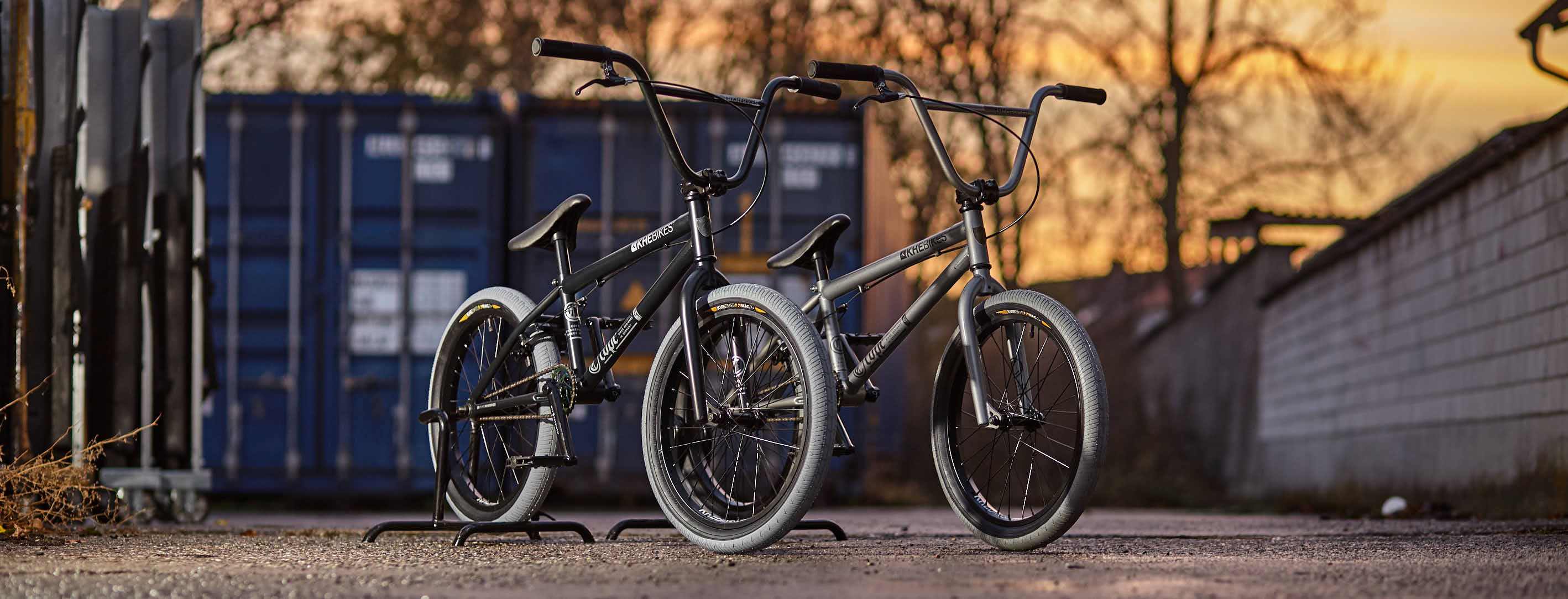
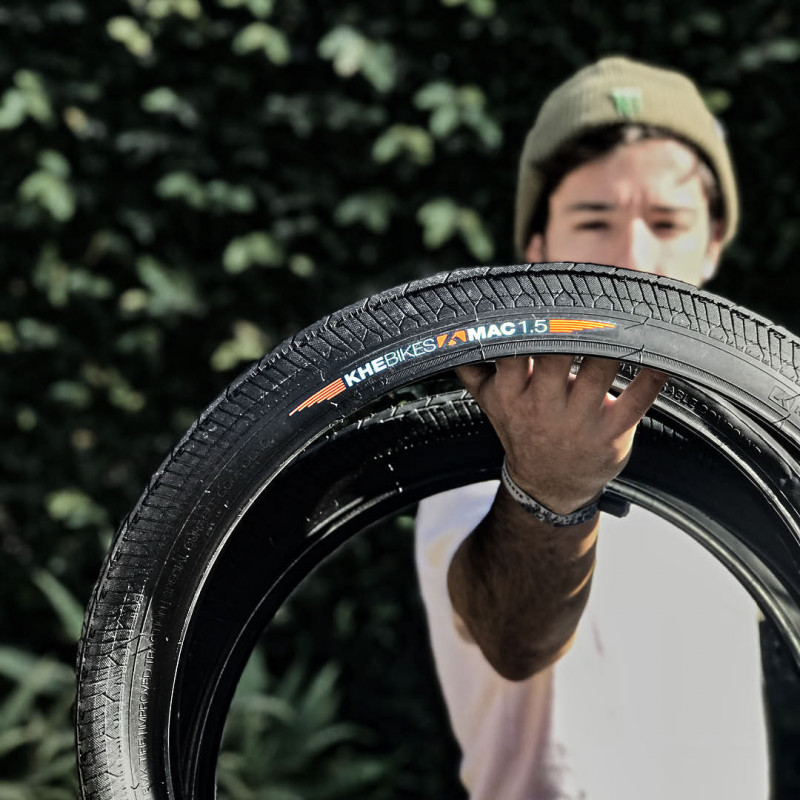

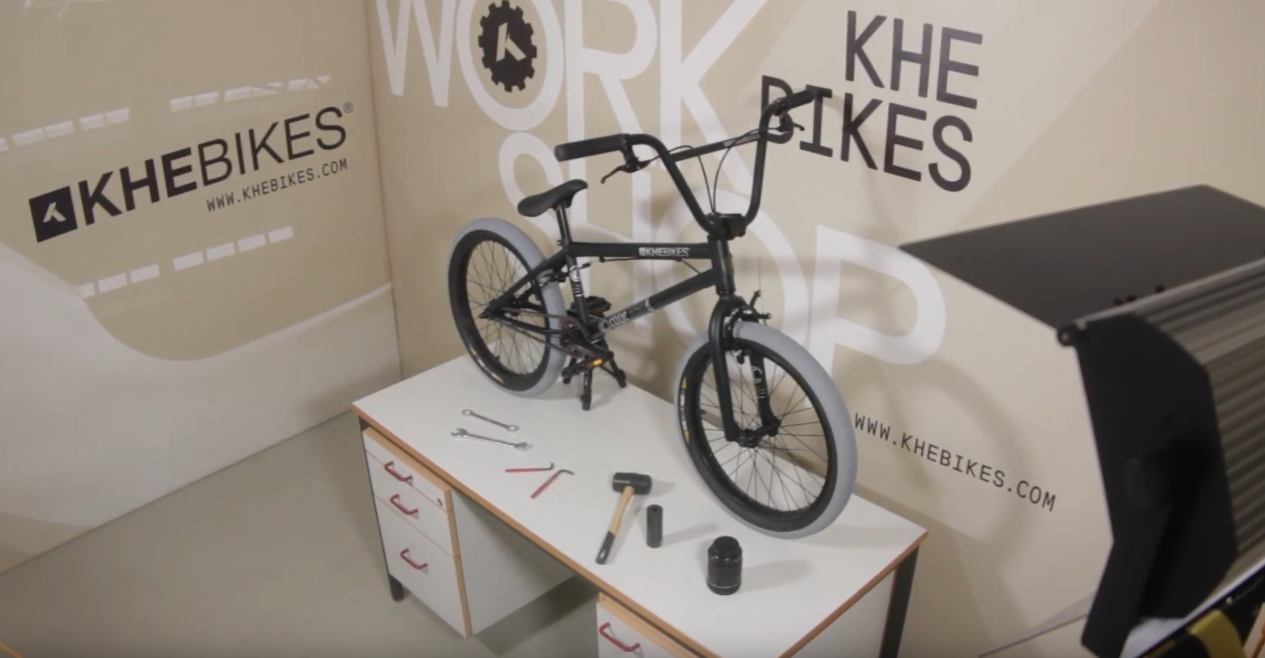
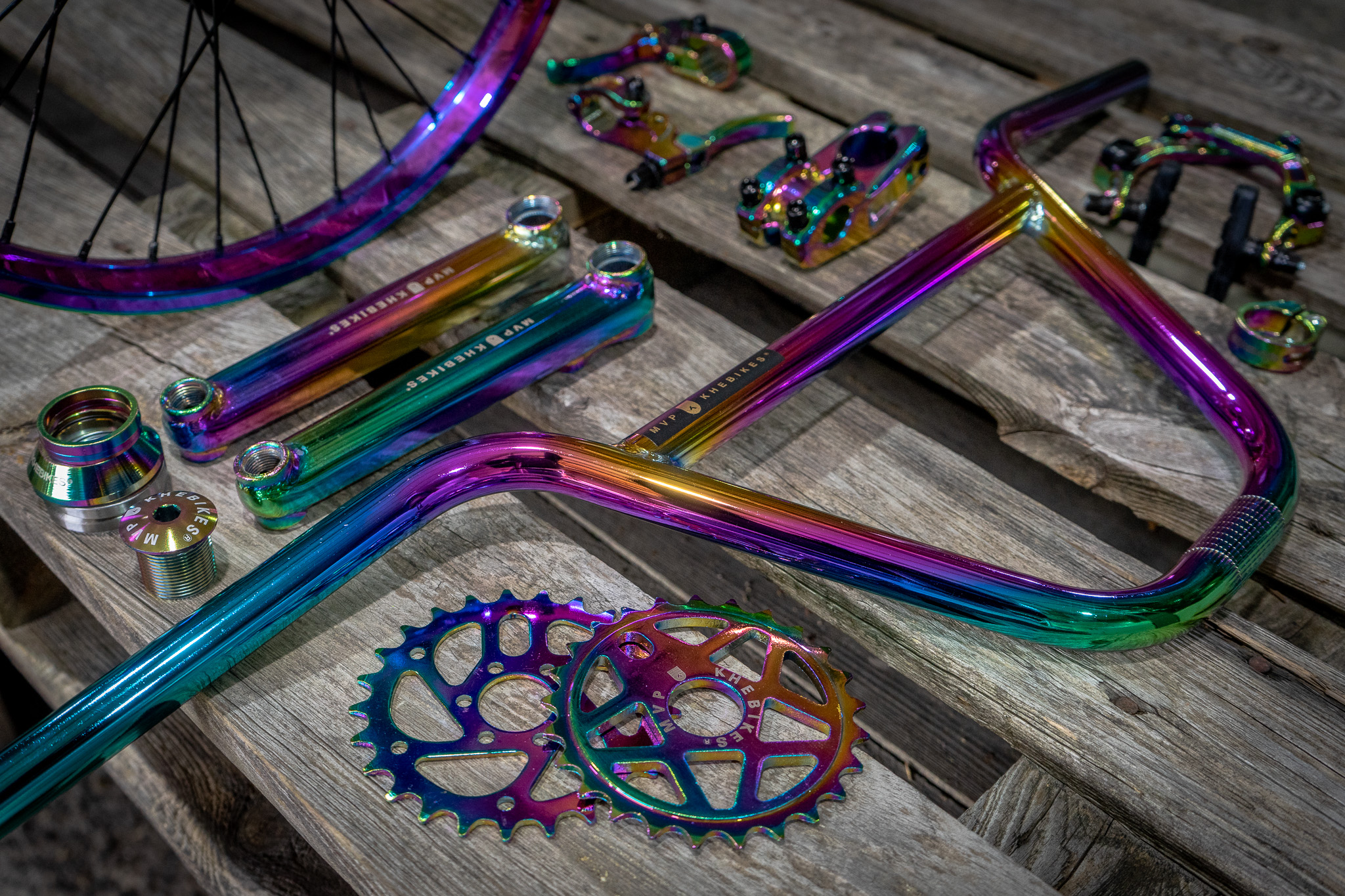
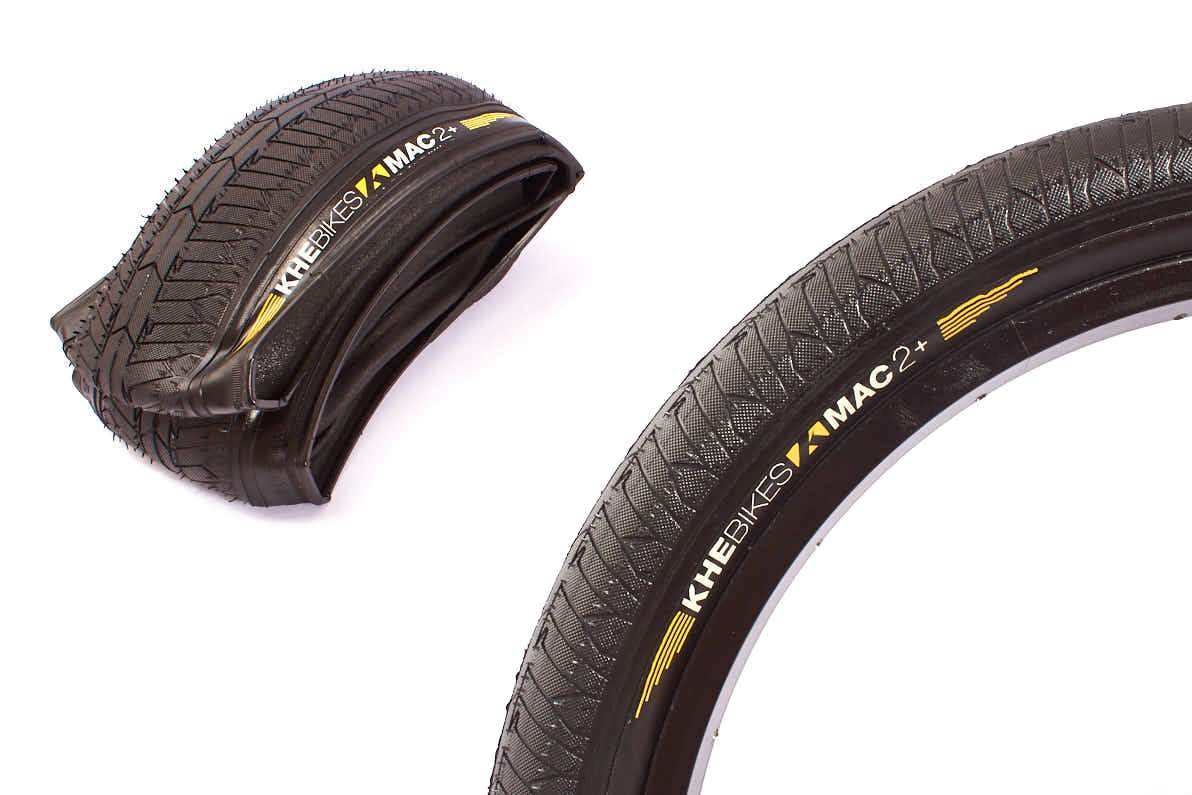
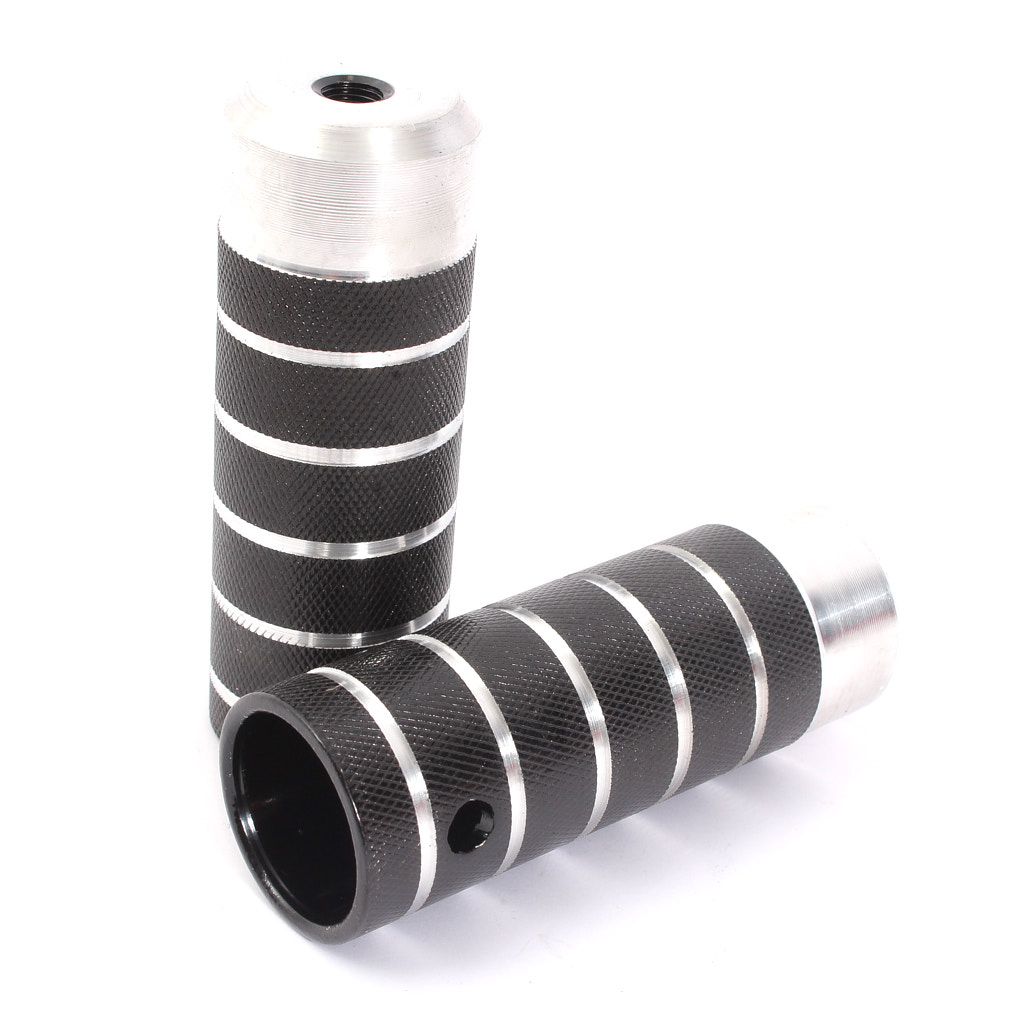
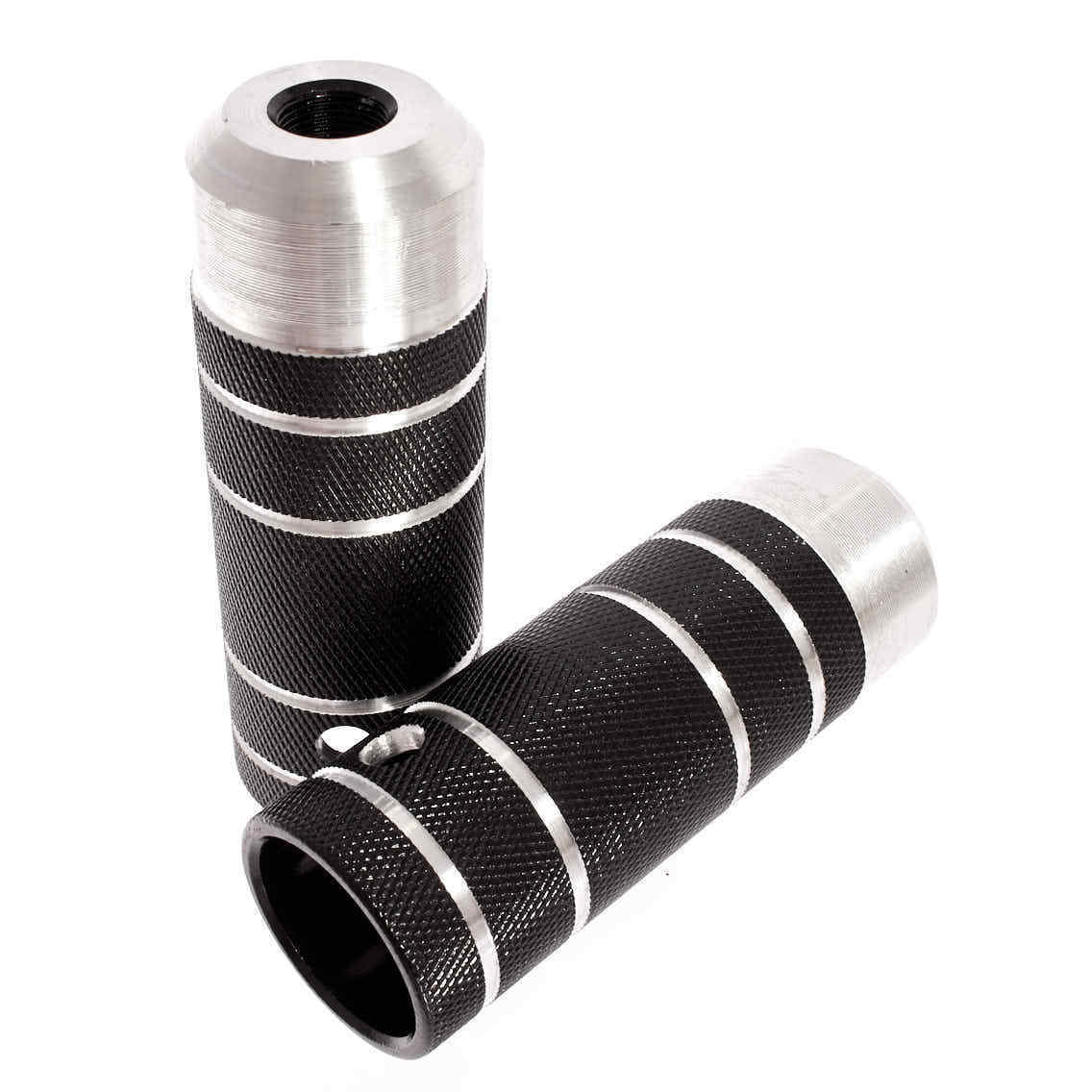
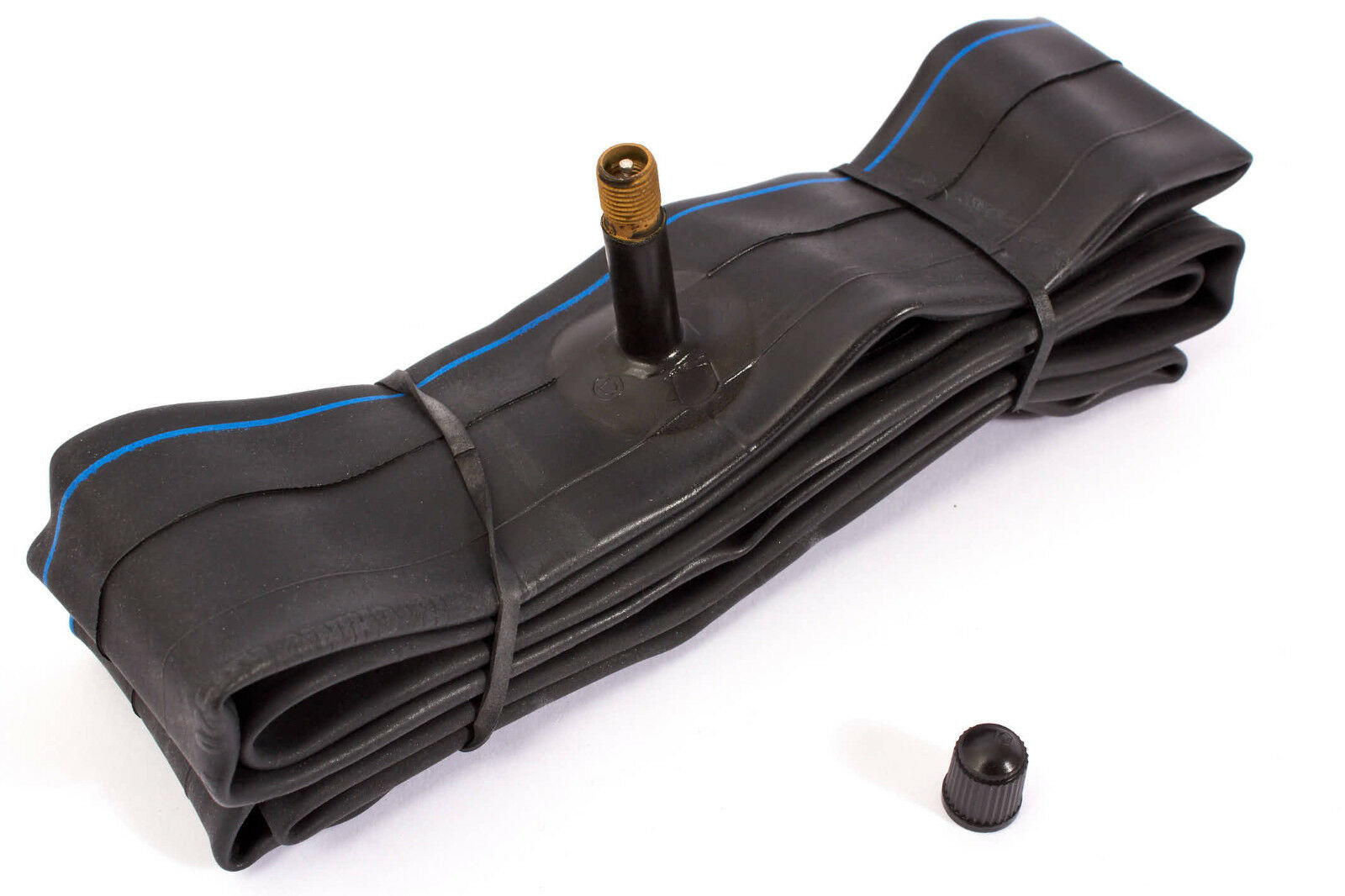
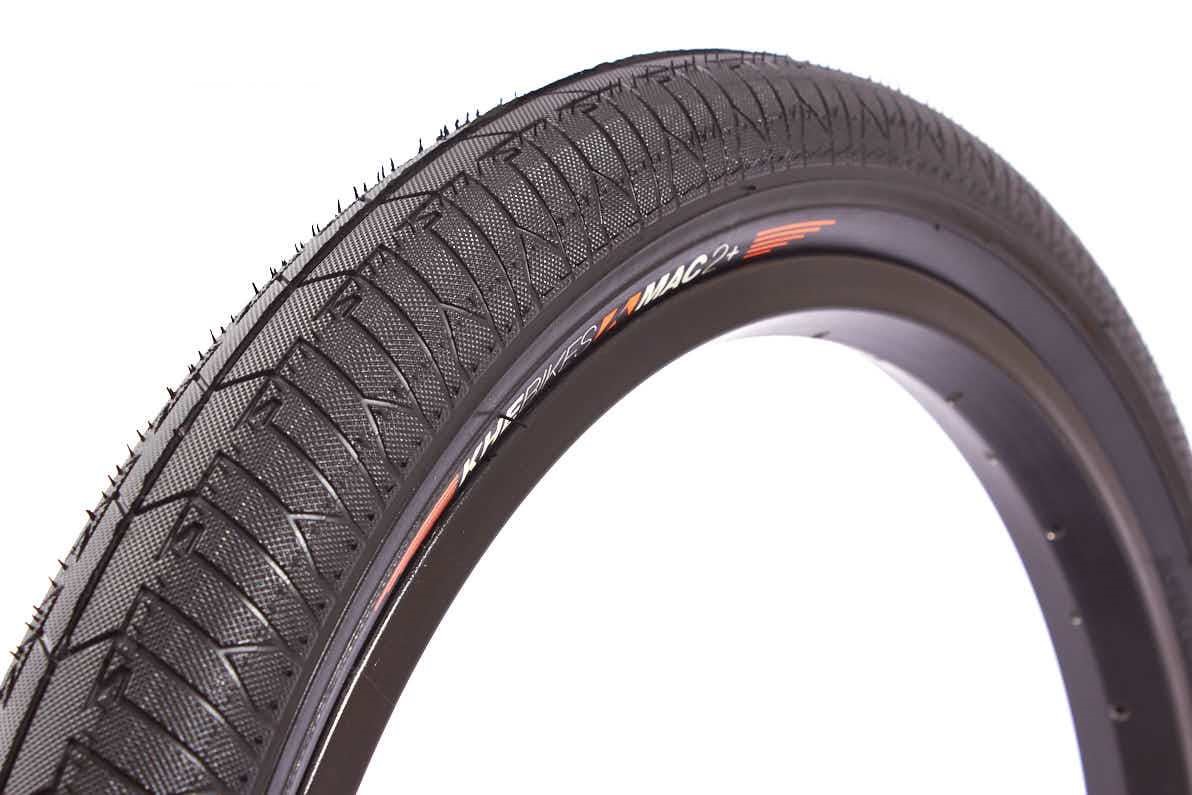
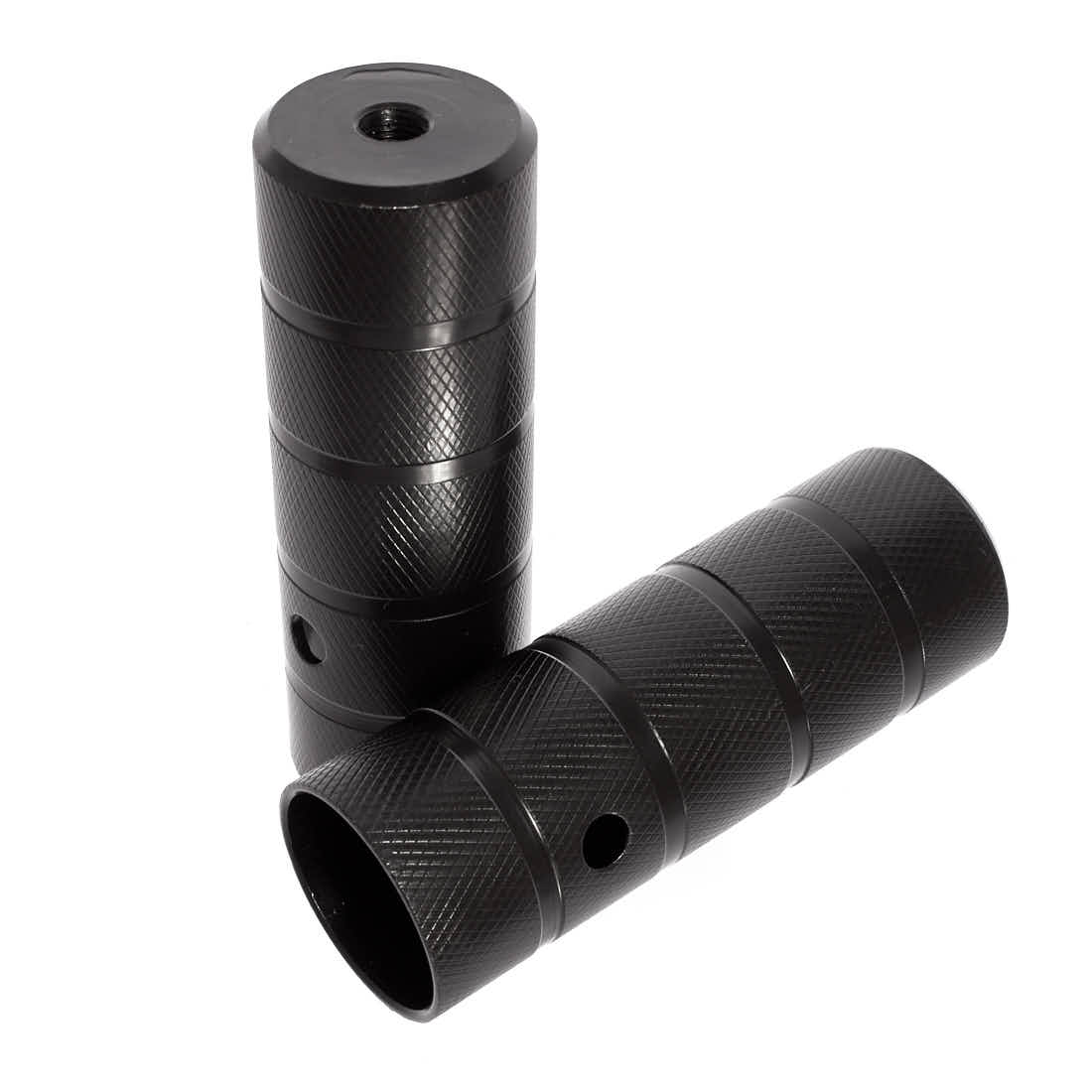
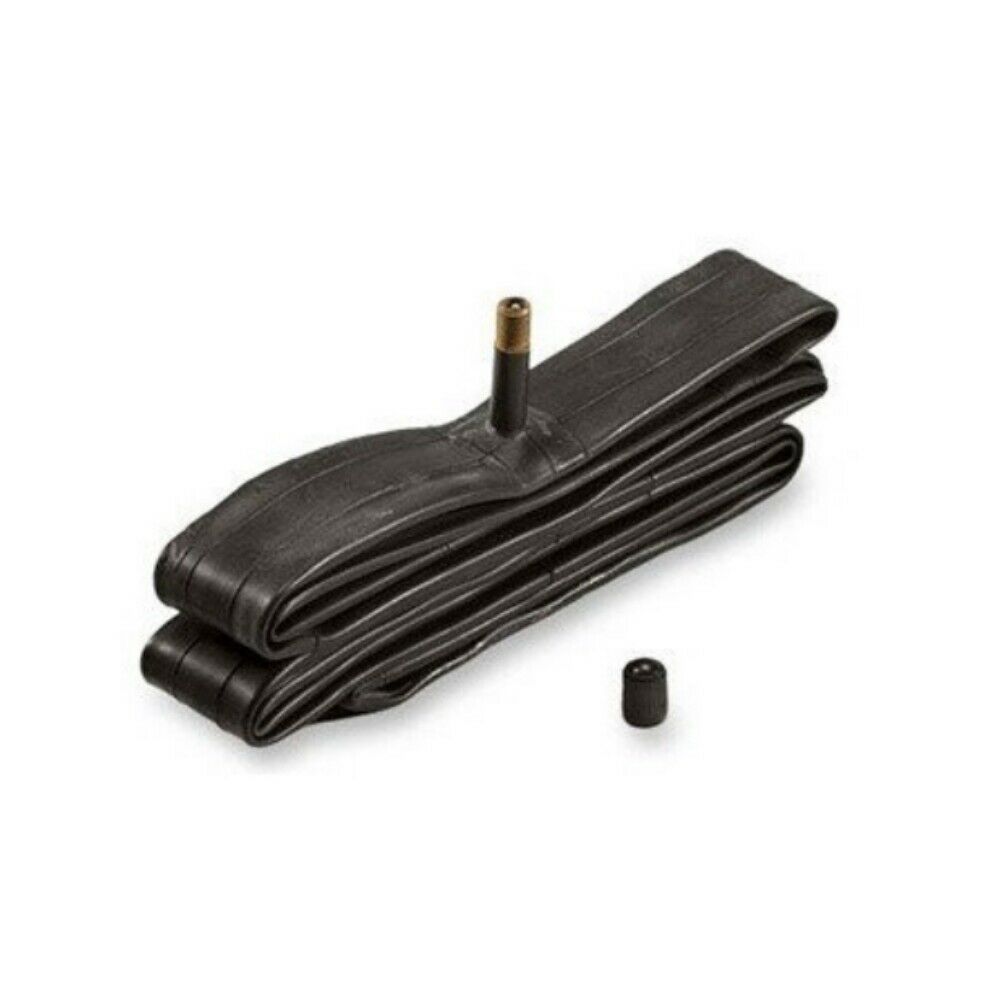
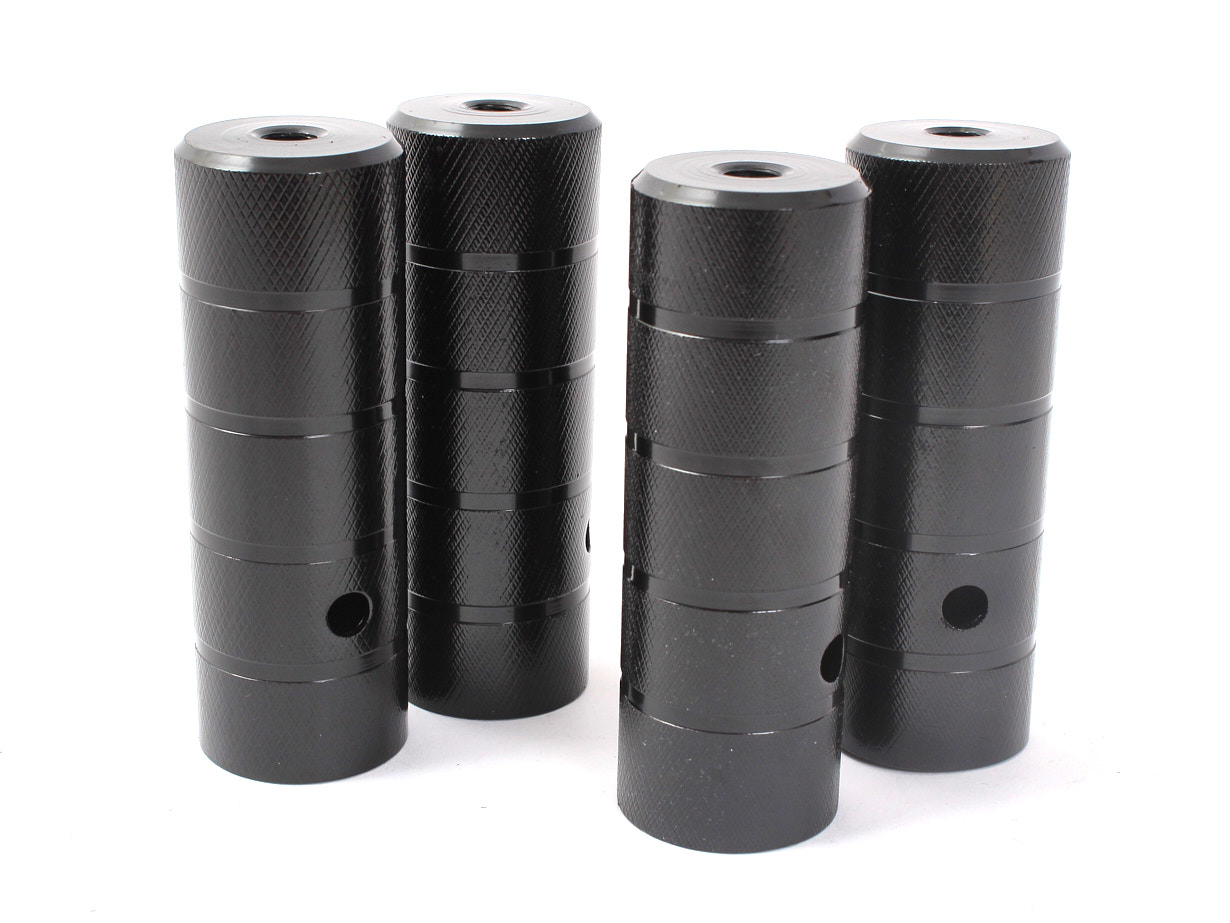
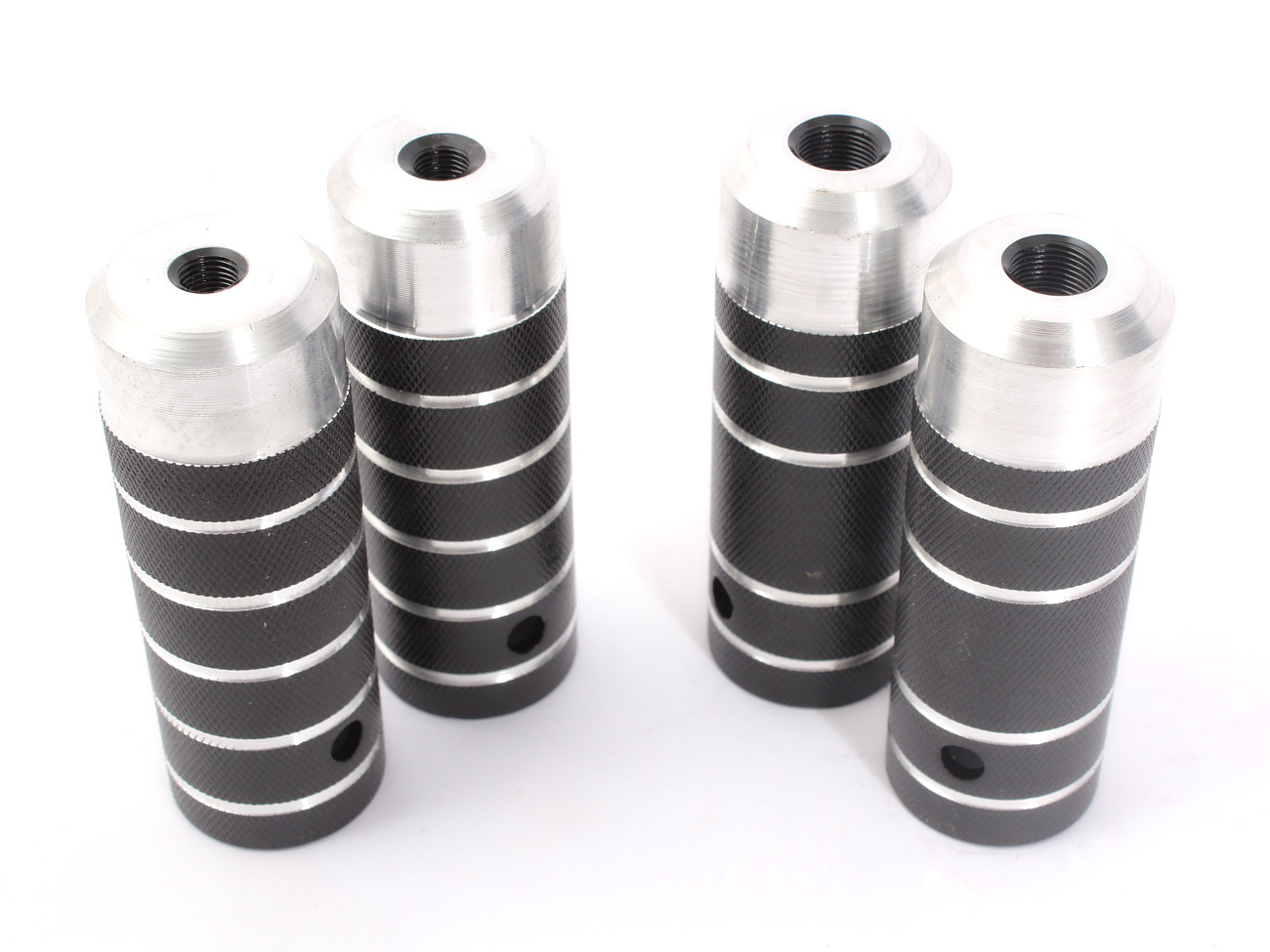
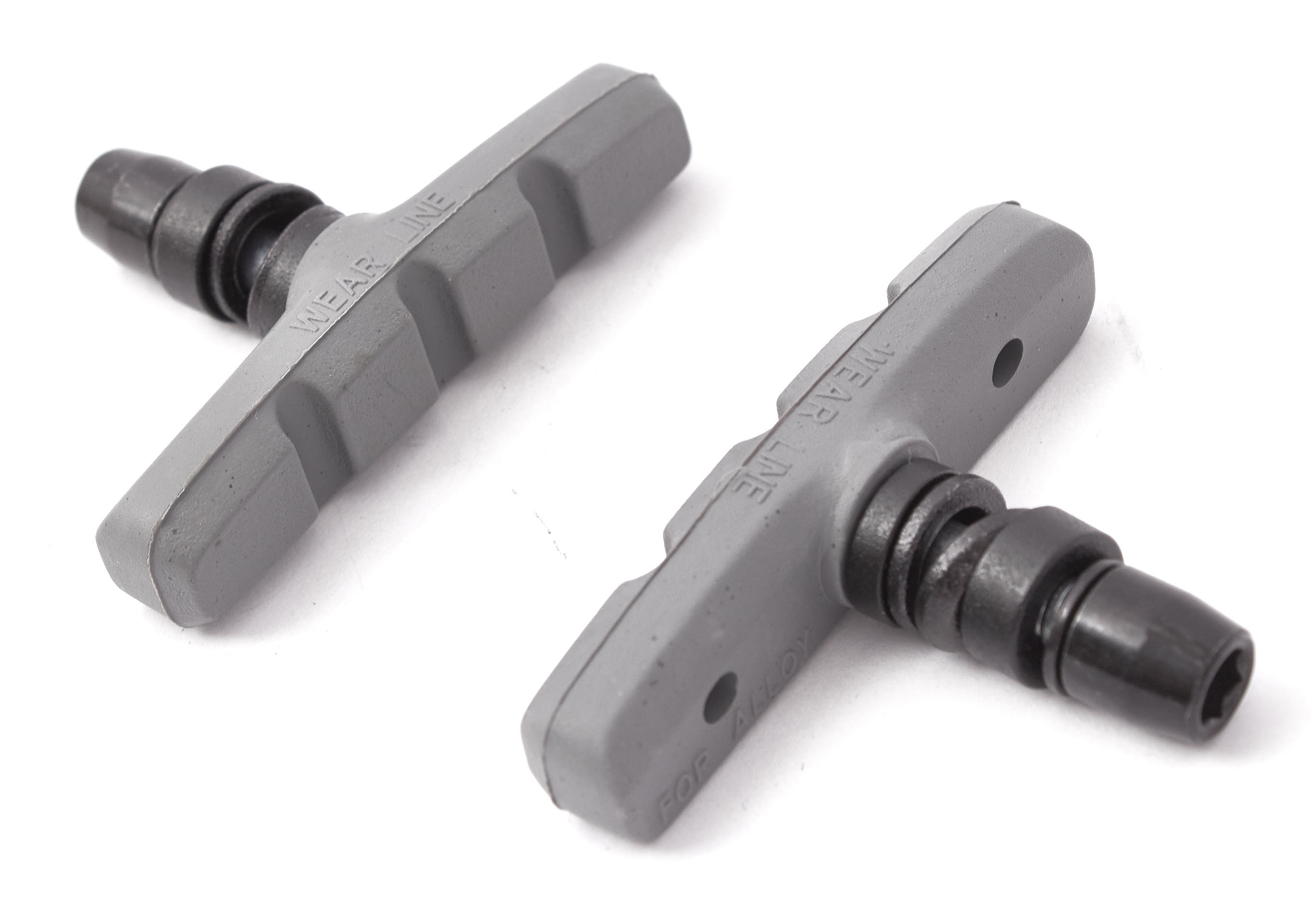
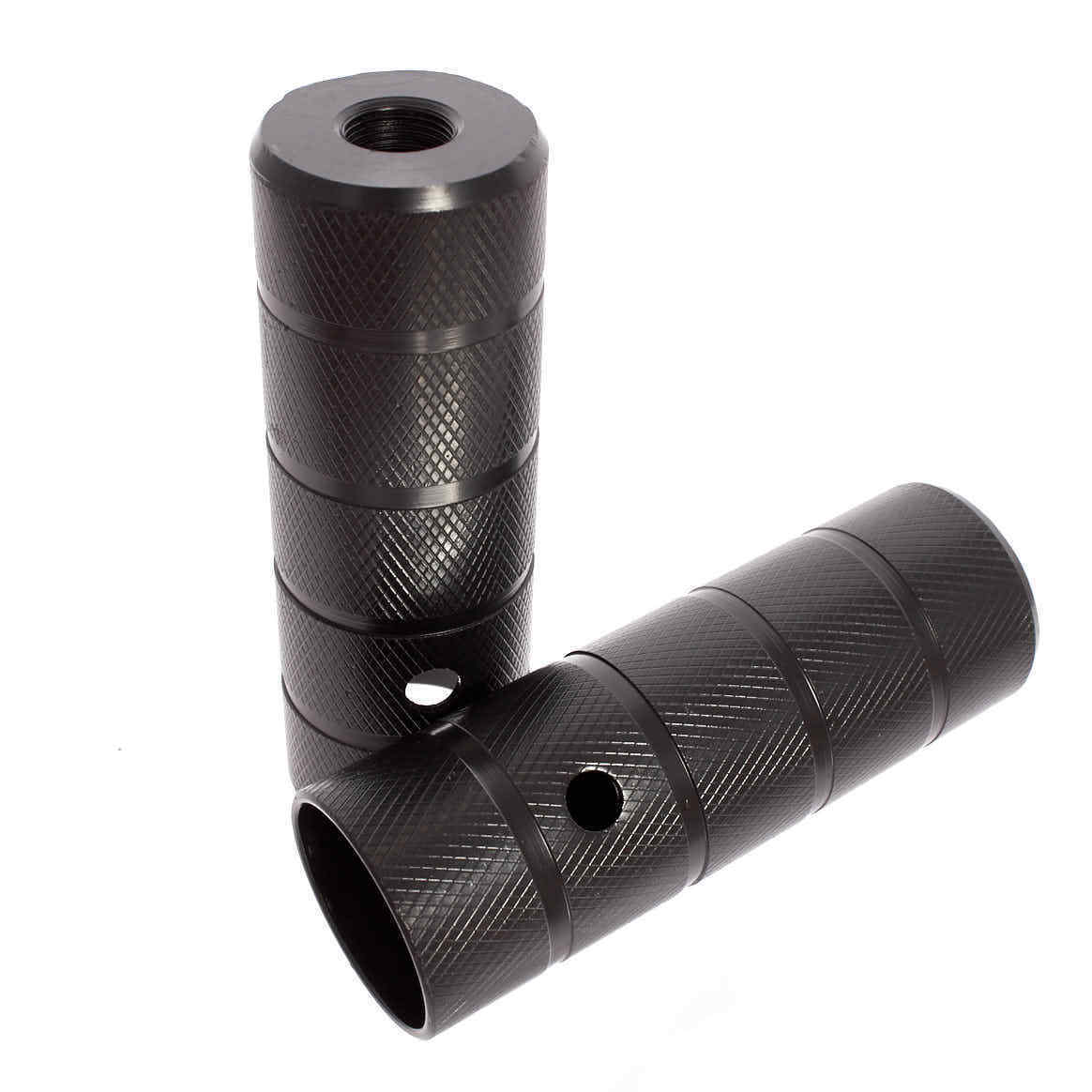
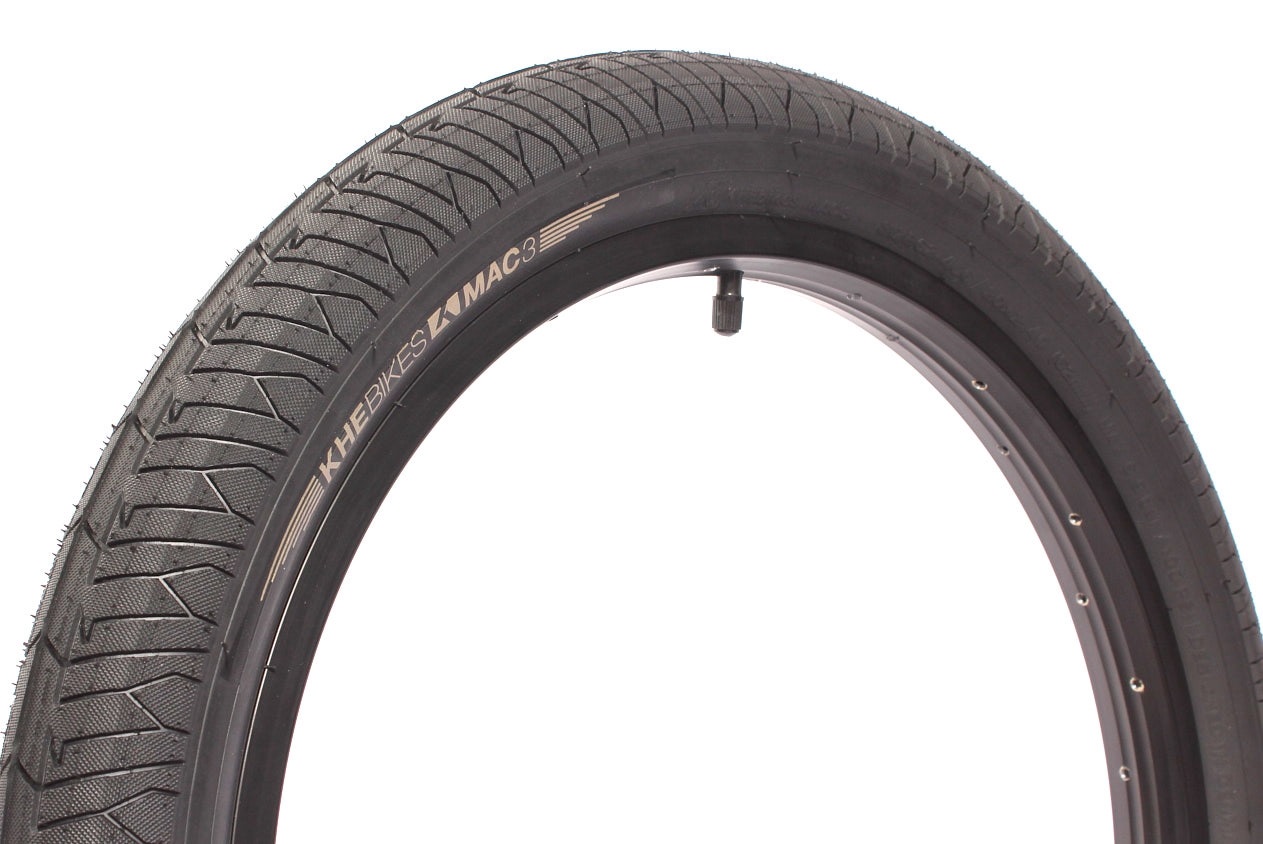
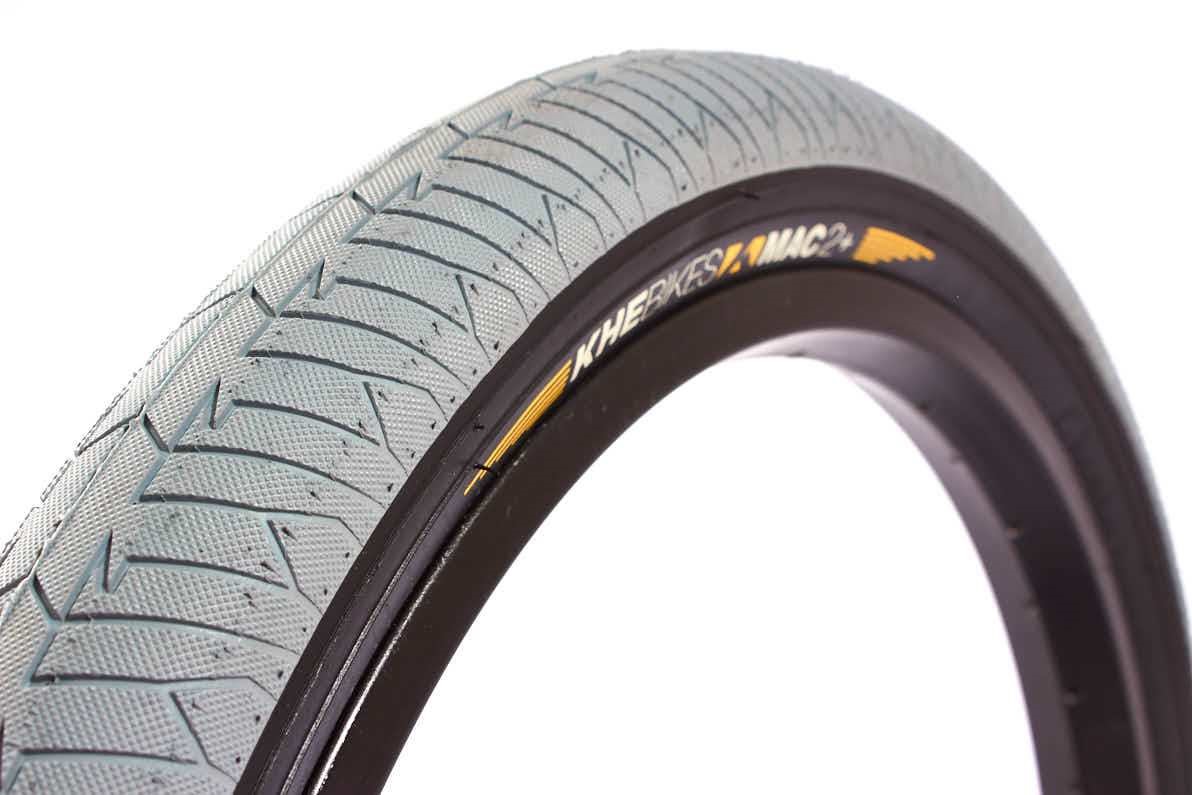
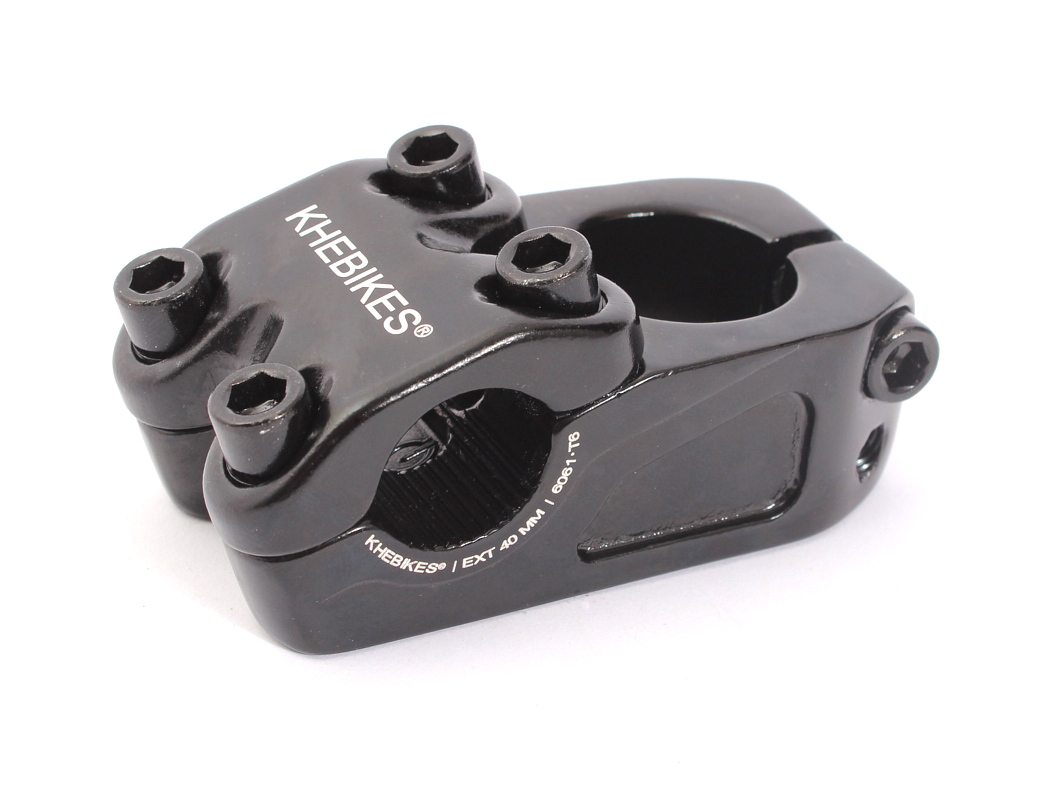
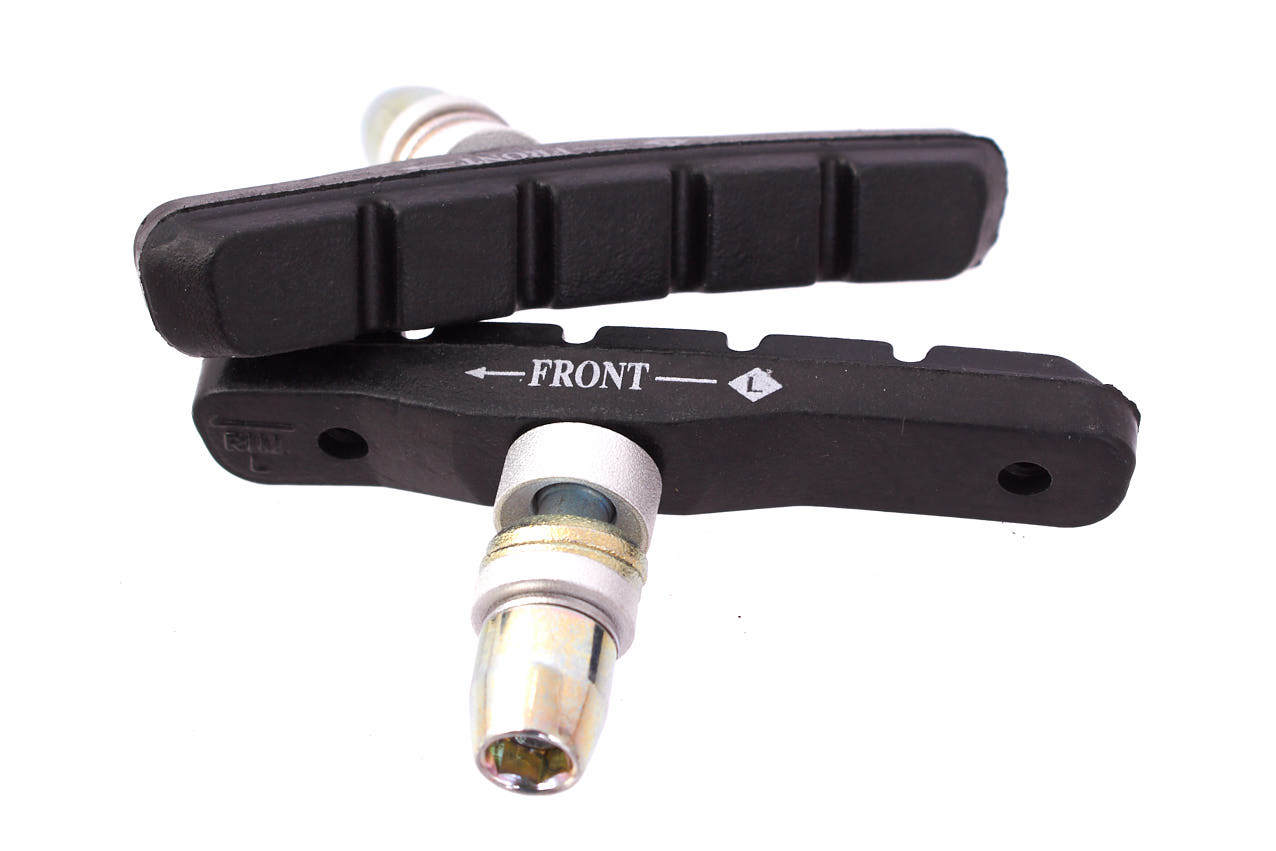
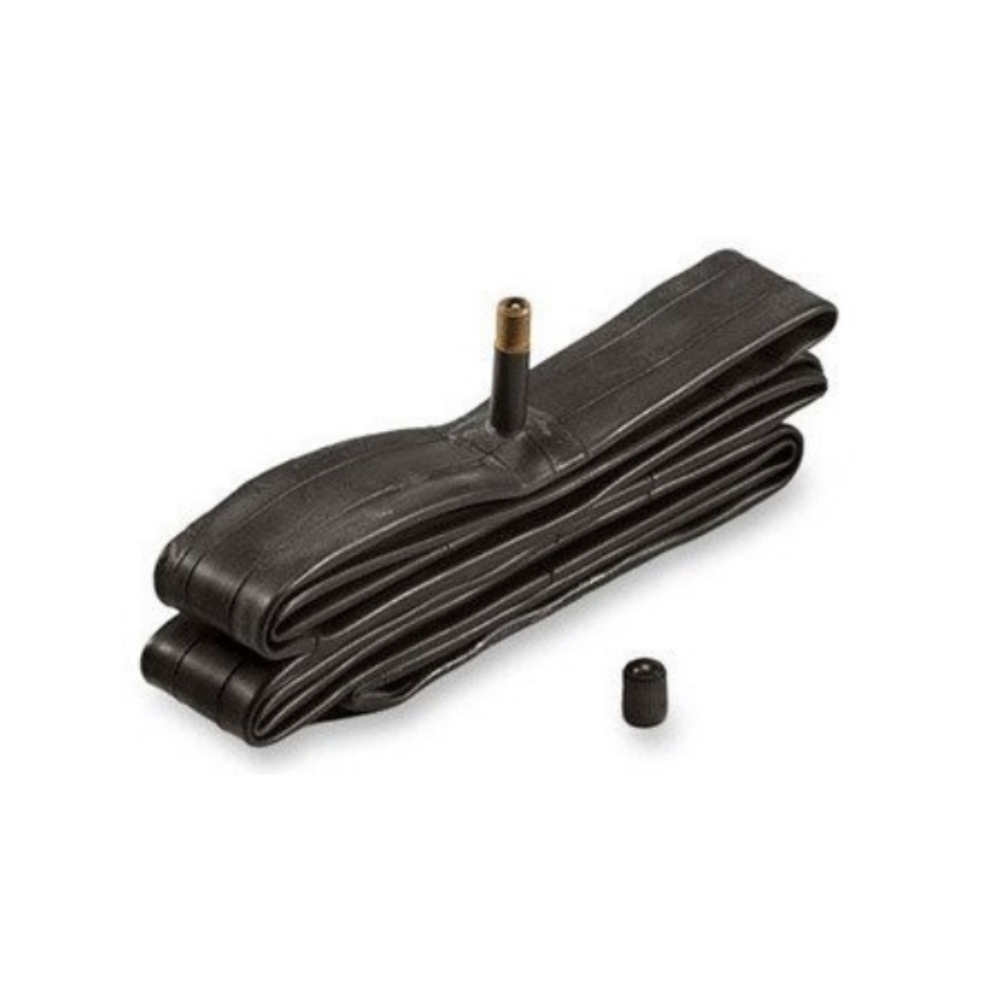
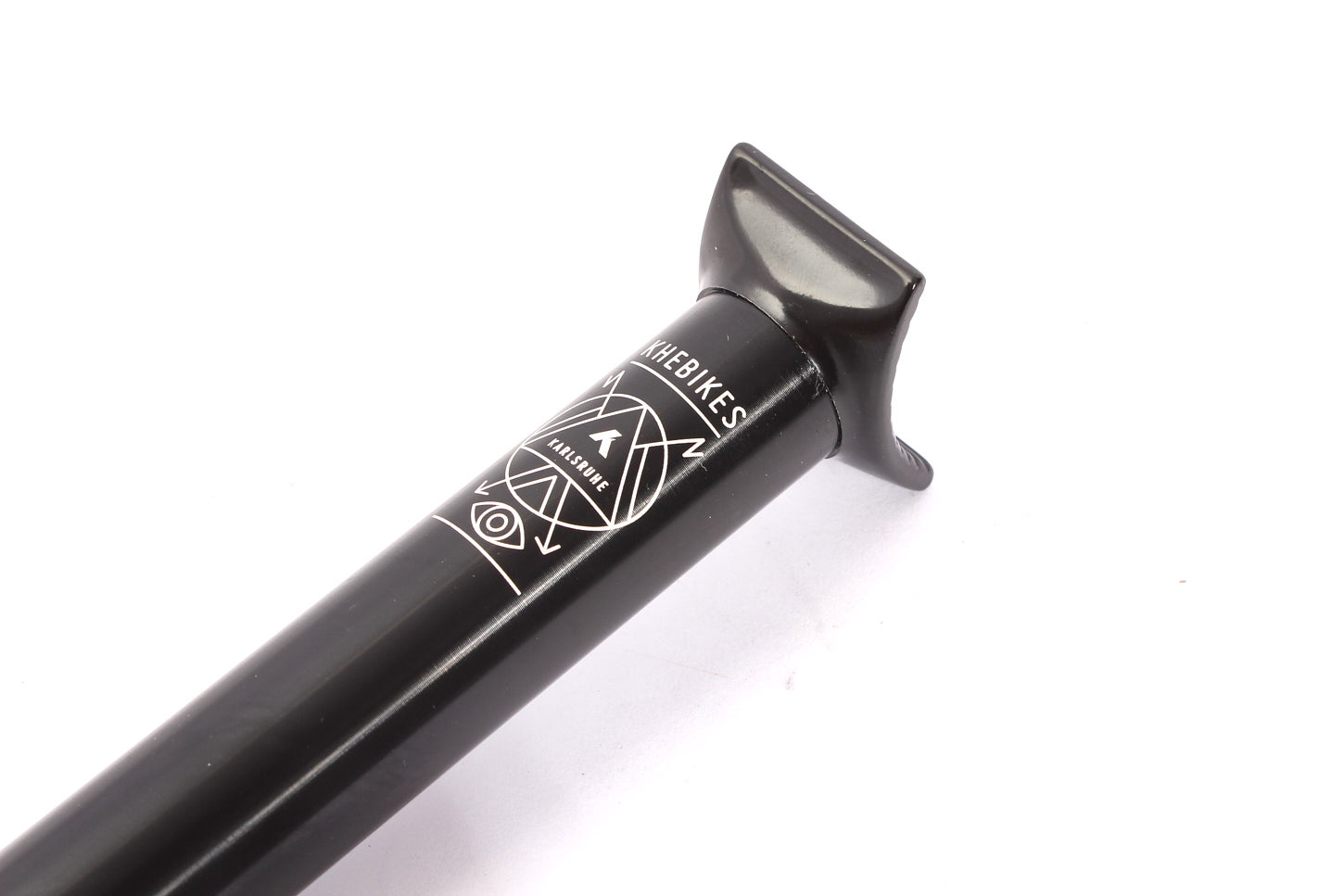
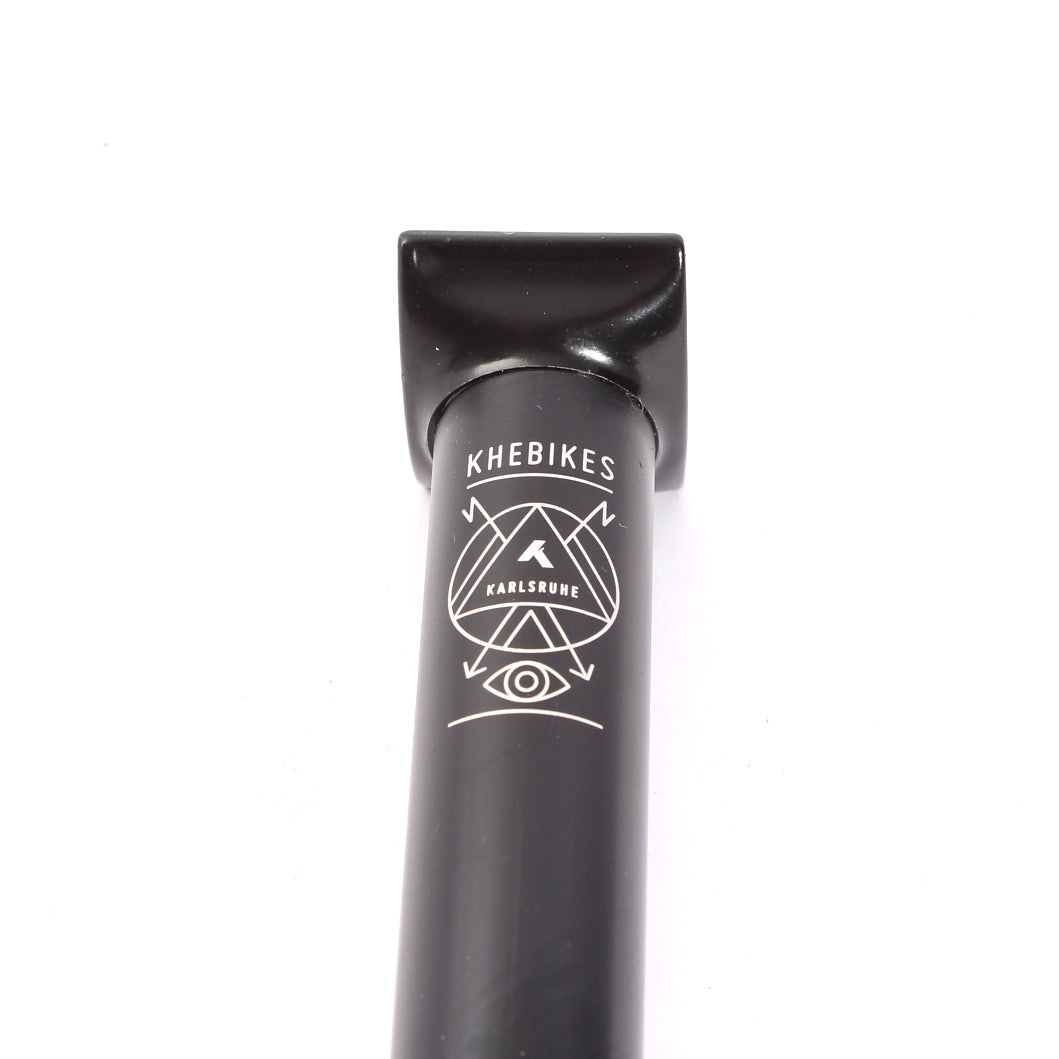
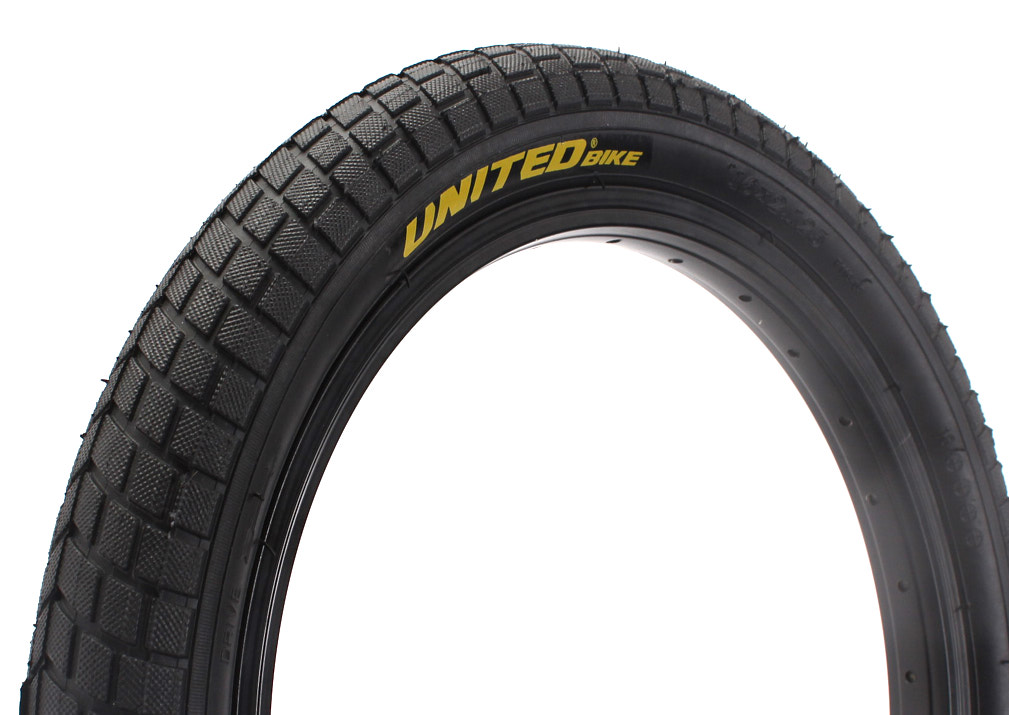
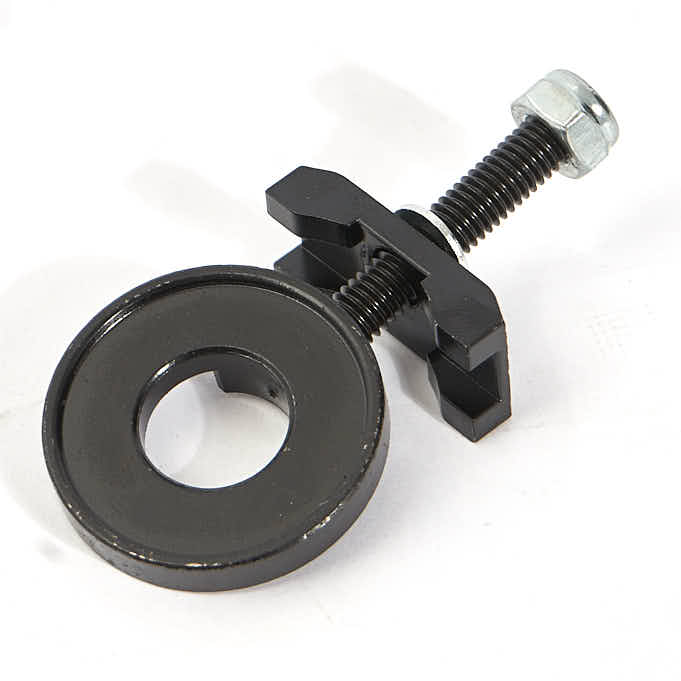
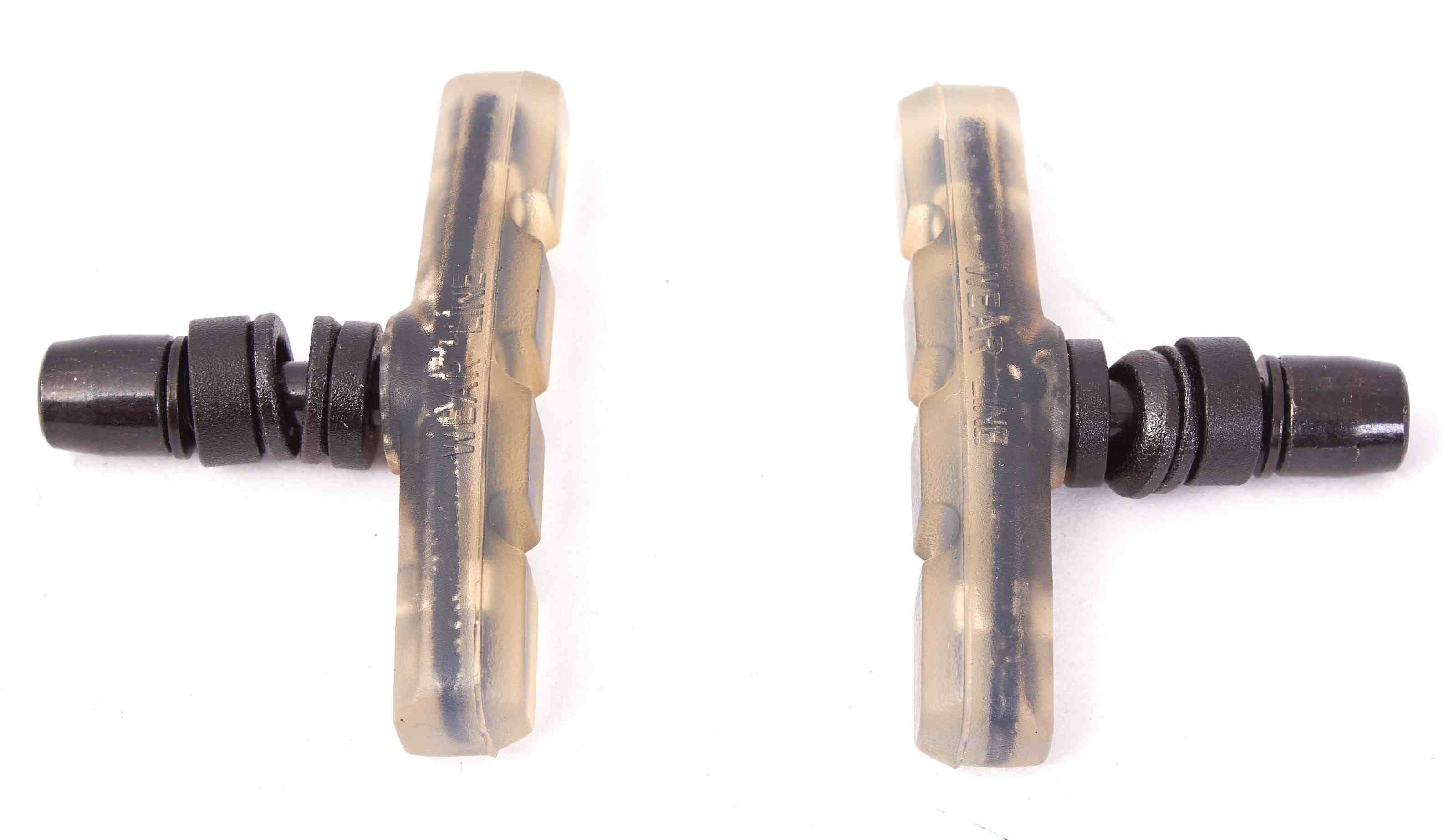
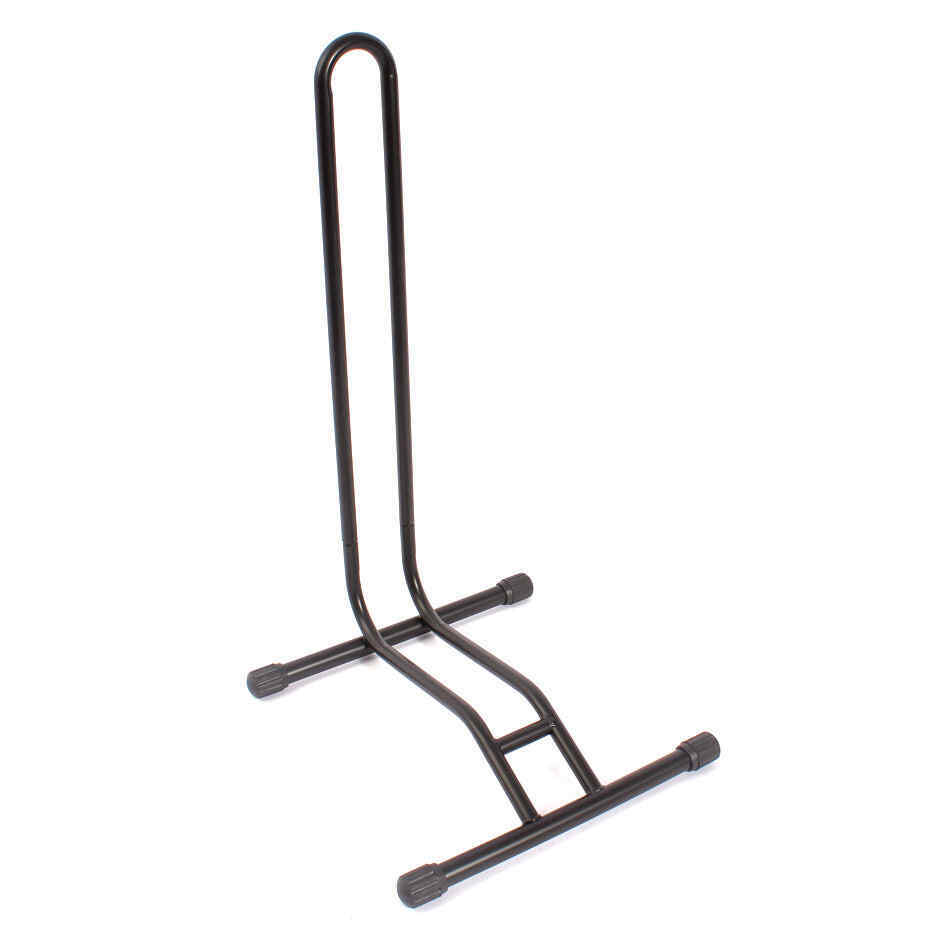
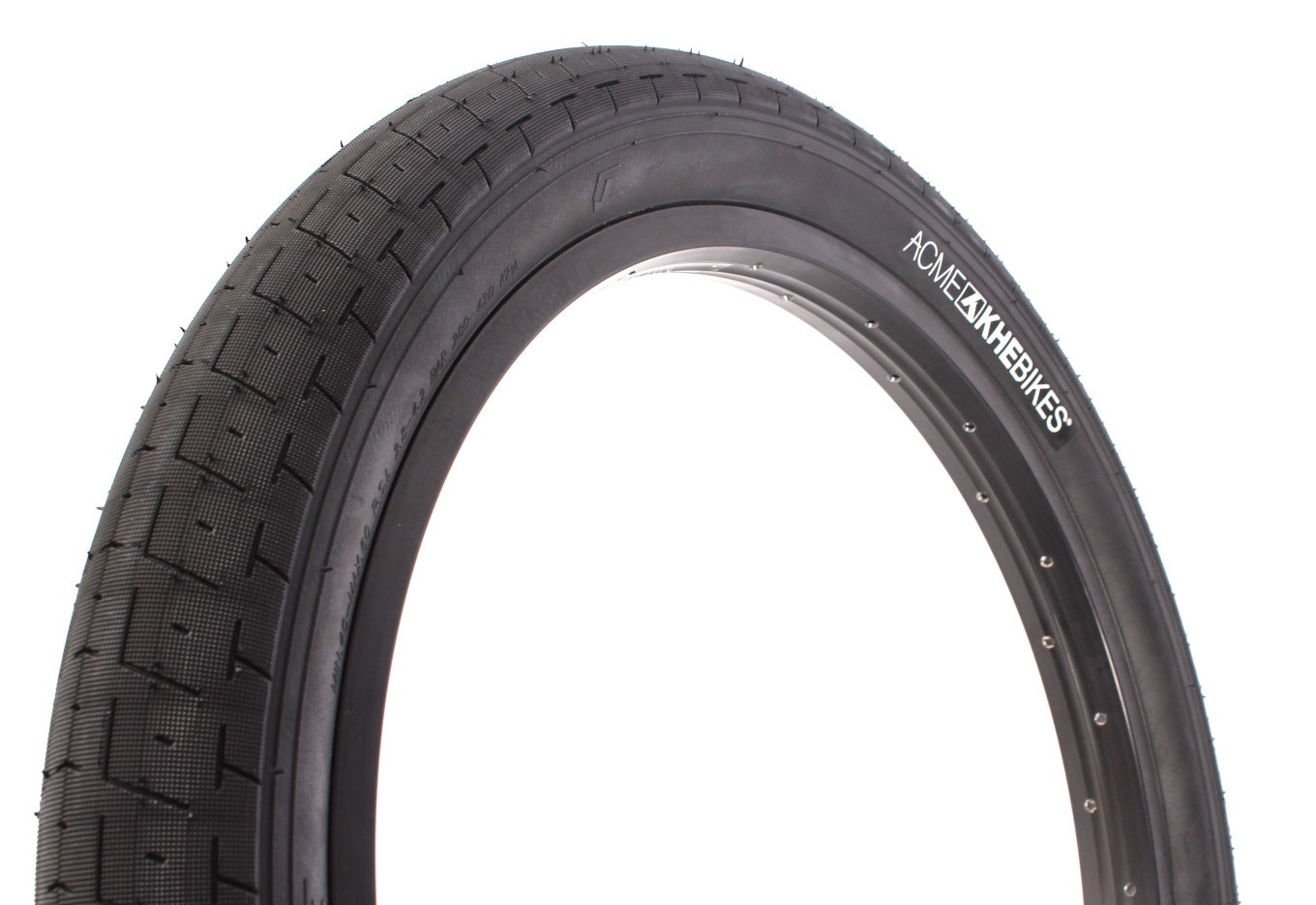
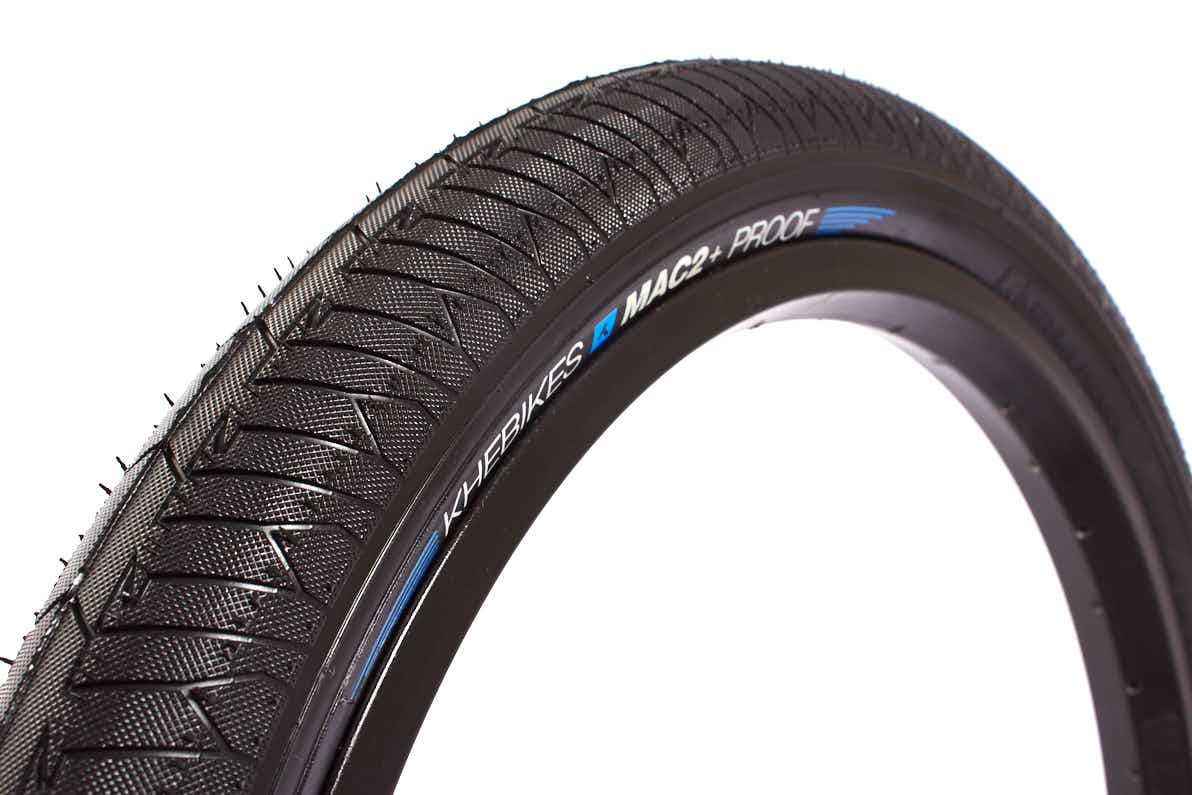
Very friendly and very helpful. I contacted them via email and received a prompt response with good advice and a purchase recommendation. I'd be happy to come back.